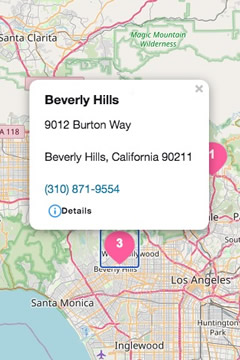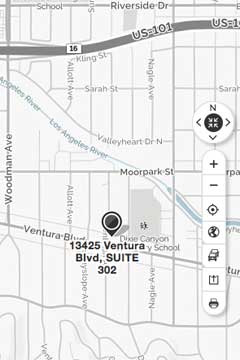Male Pelvic Floor Issues and Treatments for Male Sexual Dysfunctions:
Pelvic floor muscles are very important in the physiology of both male and female sexual response. Physical therapists play an important role in the multidisciplinary team when dealing with male pelvic floor issues and sexual dysfunctions. Arousal and orgasmic disorders, erectile dysfunctions, and ejaculatory dysfunctions and sexual pain are areas that pelvic floor physical therapy specialists can assist patients in restoring sexual health and pleasure.
Diagnoses of Male Pelvic Floor Issues:
Pelvic Pain Conditions:
- Chronic Pelvic Pain Syndrome
- Nonbacterial Chronic Prostatitis
- Pudendal neuralgia
- Penis pain
- Testicle pain (chronic orchialgia)
- Rectal pain
- Coccyx pain
- Levator ani syndrome
- Painful erection
- Painful ejaculation
Bladder Conditions:
- Urinary incontinence
- Urinary incontinence (Post-prostatectomy)
- Chronic Prostatitis (Nonbacterial)
- Voiding dysfunction/Urinary retention
- Urinary urgency/frequency
Bowel Conditions:
- Fecal or gas incontinence
- Constipation issues
- Difficulties with defecation
- Incomplete defecation
- Bowel frequency/urgency
- Rectal prolapse
- Painful bowel movements
- Irritable Bowel Syndrome
- Ulcerative Colitis
Post Surgical Conditions:
- Scar tissue pain management:
- colon resections
- ileostomies
- colostomies
- vasectomies
- prostatectomies
- Strengthening of the abdominal wall
- Post abdominal surgery hernia prevention
- Colostomy reversals
- Parastomal hernia prevention
Prostatitis:
Prostatitis includes acute or chronic bacterial or non-bacterial inflammation in the epididymis of the male genitalia. Signs and symptoms can include prostate or perineal pain, difficulty with urination, urinary retention and hesitancy, urinary urgency, frequent urination and decreased urine stream. Like interstital cystitis / painful bladder syndrome, patients typically have a history of taking many rounds of antibiotics with little to no help in their symptoms. Another name this is often referred to is nonbacterial prostatitis, and pelvic floor physical therapy is one of it's top line treatments.
Pudendal Neuralgia:
Pudendal neuralgia is one of the most severe male pelvic floor issues, and displays as sharp pain along the course of the pudendal nerve. There are five essential criteria for diagnosis of pudendal neuralgia:
- Pain in the anatomical territory of the pudendal nerve
- Worsened by sitting
- The patient is not woken at night by the pain
- No objective sensory loss on clinical examination
- Positive anesthetic pudendal nerve block.
Other criteria that are considered complimentary include: burning, shooting, stabbing pain or numbness, allodynia, sensation of a rectal or vaginal foreign body (sympathalgia), worsening of the pain during the day, pain predominantly on one side, pain triggered by bowel movements, and tenderness to palpation along the ischial spine (on clinical exam).
Associated signs and symptoms that may also be present are: buttock pain on sitting, referred sciatic pain, pain referred to the medial aspect of the thigh, suprapubic pain (pain above the pubic bone), frequent urination, pain with a full bladder, pain ocurring after ejaculation,pain during or after intercourse (dyspareunia), erectile dysfunction.
Testiclular Pain, Ejaculation Pain:
Once medical or organic reasons for pain in the testicles and/or pain after or during ejaculation have been ruled out, a thorough musculoskeletal and neuromuscular assessemnt should be performed by a physical therapist, as pelvic floor muscle overactivity is usually to blame.
When you are ready to put your male pelvic floor issues behind you, give us a call at (818) 873-1403 or schedule an appointment here.


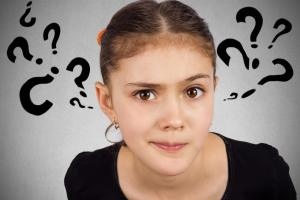
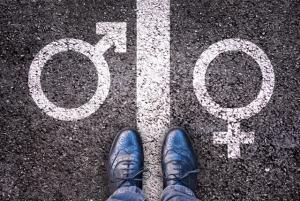
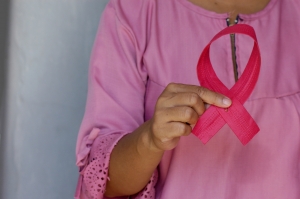
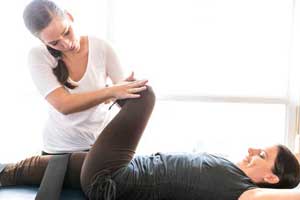
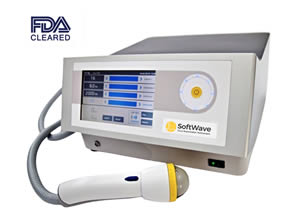



















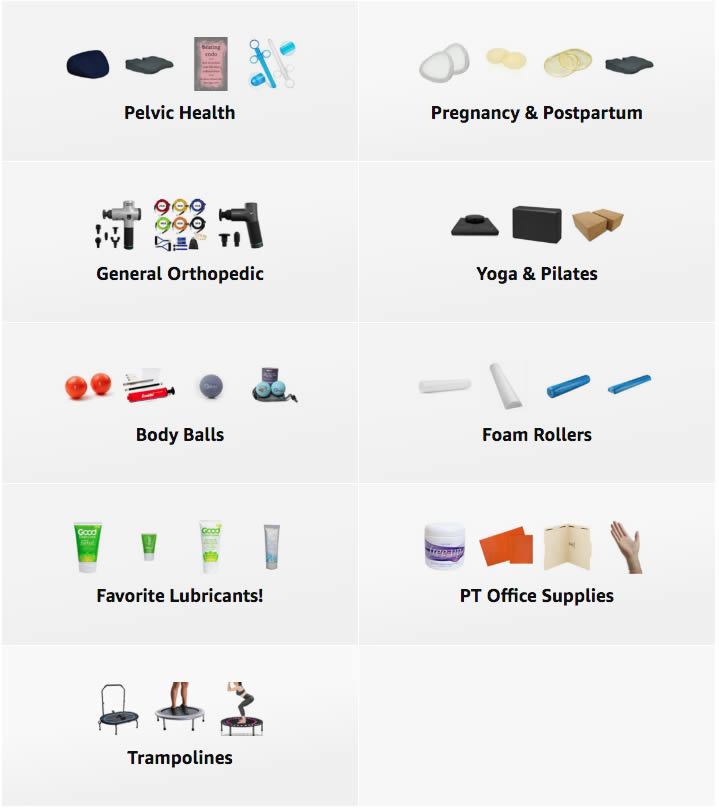 A Curated List of Excellent Items at Amazon
A Curated List of Excellent Items at Amazon

